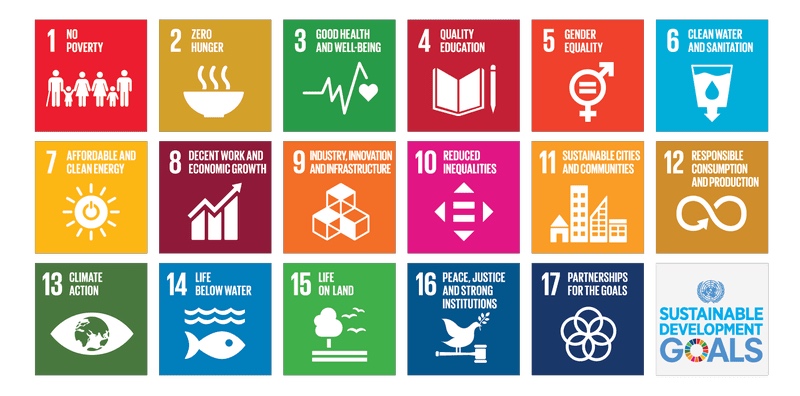Development aid is failing to improve the lives of the poorest 20 per cent of the world’s population, according to a report published on Thursday that predicted growing global inequality.
Poverty rates were halved under the United Nations Millennium Development Goals, which were adopted in 2000 and replaced in 2015 with 17 Sustainable Development Goals to end poverty, inequality and other global crises.

The 17 Sustainable Development Goals. Source: UN
However, the overall drop in poverty rates has been accompanied by a widening income gap between the most impoverished and the rest of the population, according to a report by Britain-based Development Initiatives.
“It’s not to say we are not doing good things with that aid money, but we’re not using it as effectively as we could if our ambition is genuinely to end extreme poverty,” said Amy Dodd, a development finance expert at the research consultancy.
Richer nations need to meet their donor commitments and direct aid more towards those “left behind”, the authors said.
The average income of the poorest 20 per cent of the global population was 94 US cents a day in 1990. Adjusted for inflation, it stands at $US1.73 today, while the widely-recognised benchmark for measuring extreme poverty is $US1.90 a day.
The average earnings of the rest of the population grew from $US12.85 in 1990 to $US18.63 today, according to the report.
If nothing changes, the gap in earnings between the poorest people and the rest of the population will grow to close to $US19 by 2030, which would be almost double what it was in 1990.
The poorest 20 per cent of the world’s population are often minorities, those living in conflict or post-conflict countries, people in nations with fragile governments, and those most affected by climate change, according to the report.
“Development in the next 10 years is going to be about dealing with fragility and it is something that we can no longer avoid, so we have to get much smarter at that,” said Dan Coppard, research director at Development Initiatives.
The future is especially bleak for people in Sub-Saharan African countries such as Mali and Benin, as well as Syria and Afghanistan, according to the report’s projections.
At the moment, the world’s poorest countries receive 1.5 times less aid than other developing countries, according to the report.
Dodd said that donor countries make decisions about directing aid based on factors including national security considerations, as well as historical links such as French and British aid to former colonies.
International aid is also increasingly funnelled into the costs of hosting refugees in donor countries, rather than being directed to improving conditions overseas, she said.





